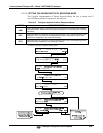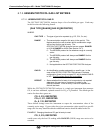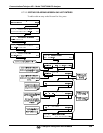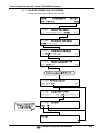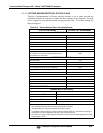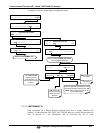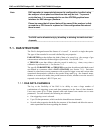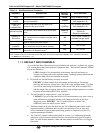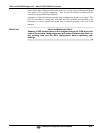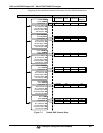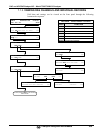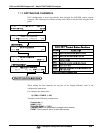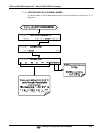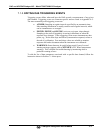
DAC and APICONTeledyne API – Model T300/T300M CO Analyzer
Teledyne Analytical Instruments 164
Note DAS operation is suspended whenever its configuration is edited using
the analyzer’s front panel and therefore data may be lost. To prevent
such data loss, it is recommended to use the APICOM graphical user
interface for DAS changes (Sections .
Please be aware that all stored data will be erased if the analyzer’s disk-
on-module or CPU board is replaced or if the configuration data stored
there is reset.
Note The DAS can be disabled only by disabling or deleting its individual data
channels.
7.1. DAS STRUCTURE
The DAS is designed around the feature of a “record”. A record is a single data point.
The type of data recorded in a record is defined by two properties:
PARAMETER type that defines the kind of data to be stored (e.g. the average of gas
concentrations measured with three digits of precision). See Section 7.1.6.
A TRIGGER event that defines when the record is made (e.g. timer; every time a
calibration is performed, etc.). See Section 7.1.5.
The specific PARAMETERS and TRIGGER events that describe an individual record
are defined in a construct called a DATA CHANNEL (see Section 7.1.1). Each data
channel is related one or more parameters with a specific trigger event and various other
operational characteristics related to the records being made (e.g. the channels name,
number or records to be made, time period between records, whether or not the record is
exported via the analyzer’s RS-232 port, etc.).
7.1.1. DAS DATA CHANNELS
The key to the flexibility of the DAS is its ability to store a large number of
combinations of triggering events and data parameters in the form of data channels.
Users may create up to 50 data channels and each channel can contain one or more
parameters. For each channel, the following are selected:
One triggering event is selected.
Up to 50 data parameters, which can be the shared between channels.
Several other properties that define the structure of the channel and allow the user to
make operational decisions regarding the channel.



